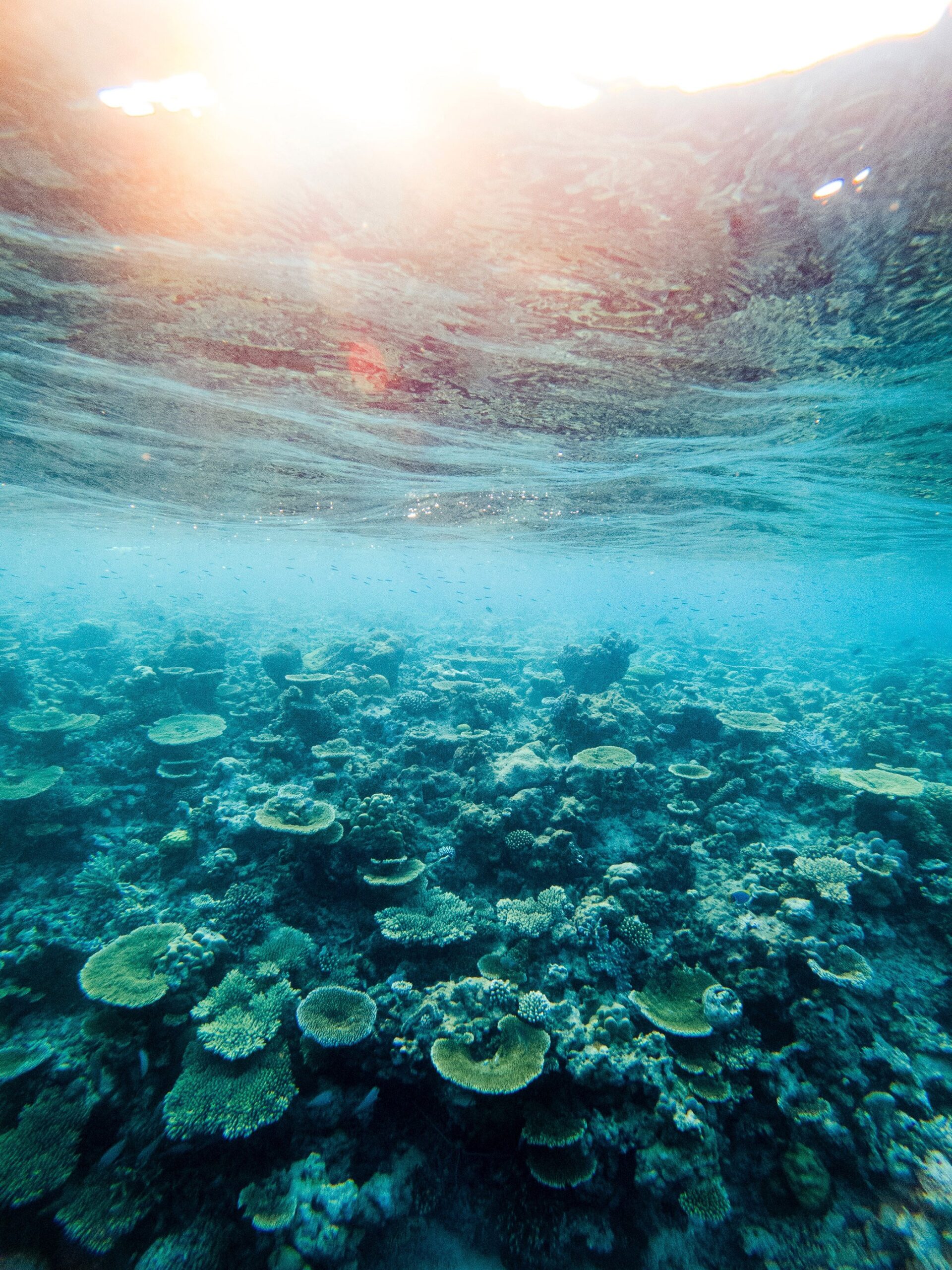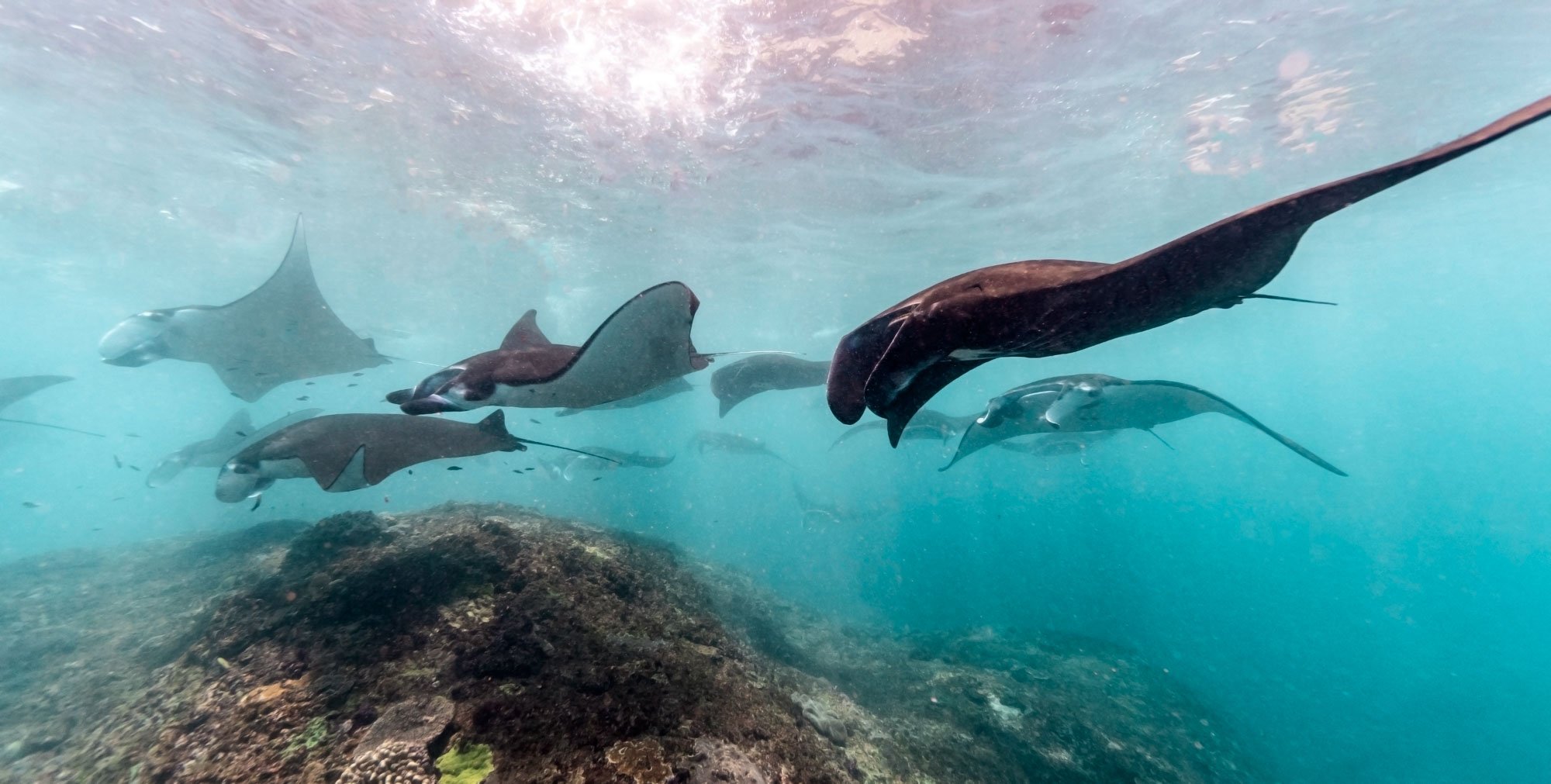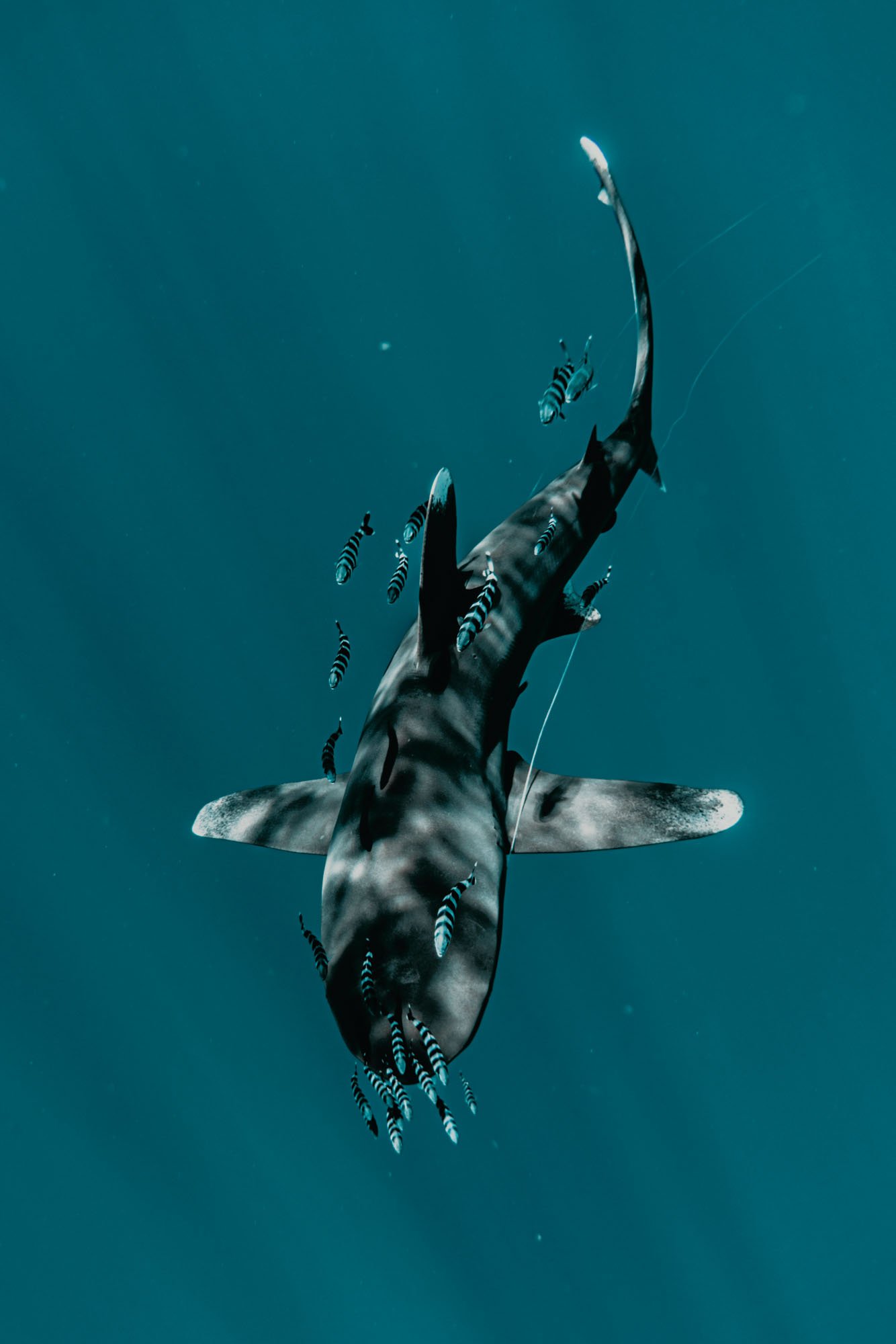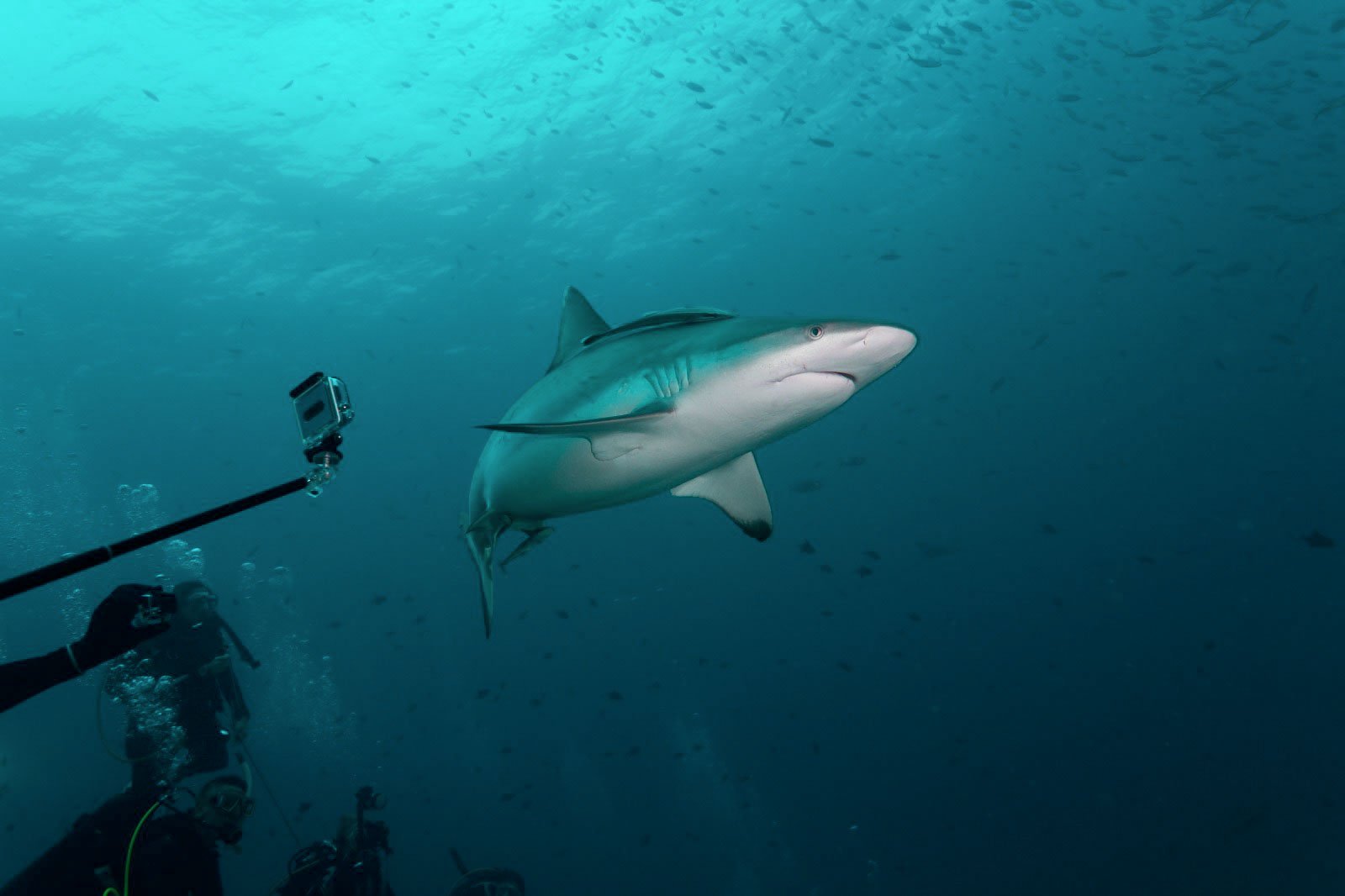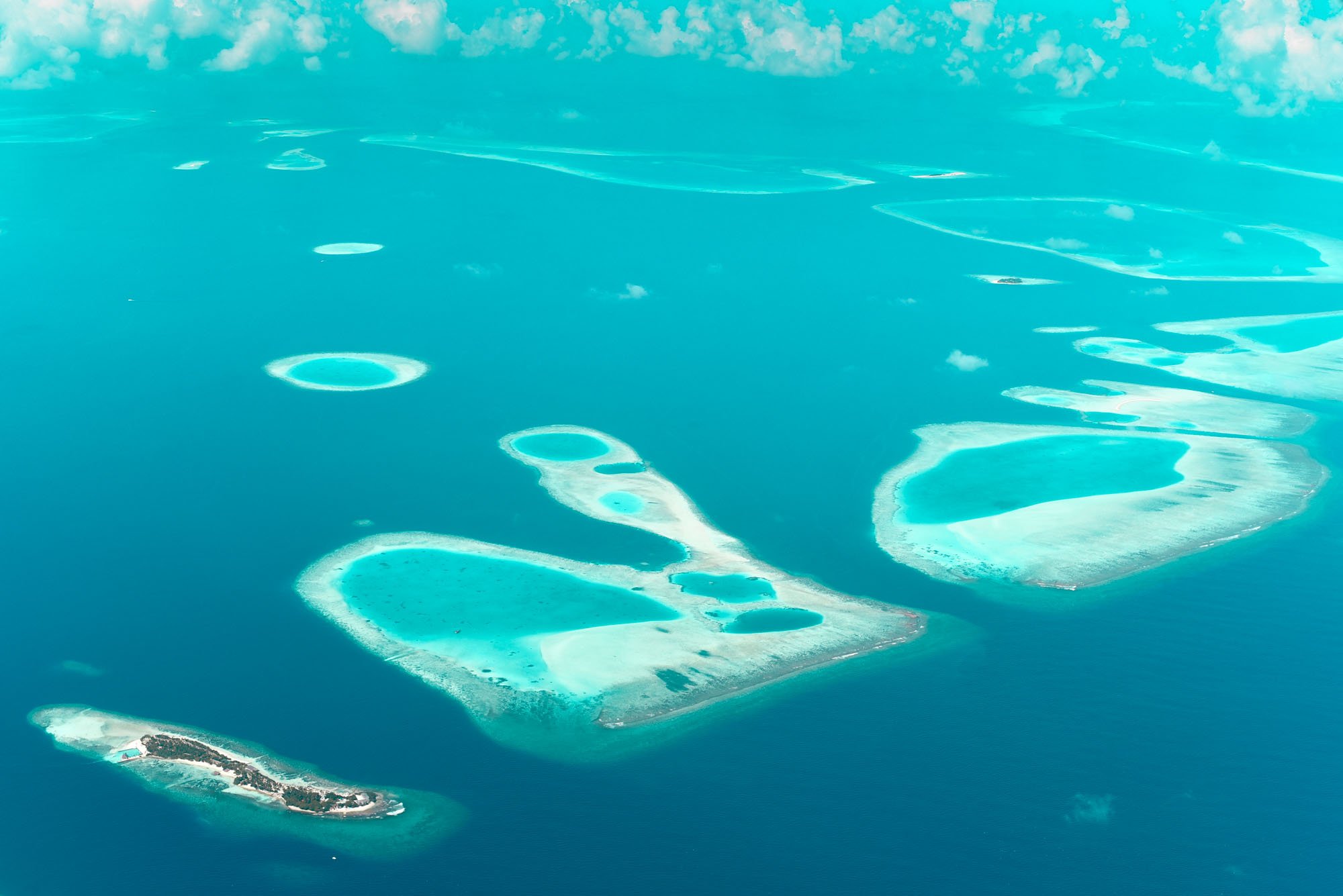
Maldives is home to some of the best scuba diving sites in the world, and a 7-night liveaboard trip is the perfect way to experience them all.
This Itinerary takes you to the fantastic dive sites in the central part of the Maldives. You will get to visit the best dive sites around the atolls of South Male, Vaavu, South Ari and North Ari. A long overnight sail is also part of this itinerary.
Recommendation on Diver’s Qualifications
Please note that this itinerary will involve diving in currents. We recommend that our guests have:
- A minimum of 20 logged dives
- Nitrox certification
- Experience with diving in currents
Disclaimer
We wish to show you the best diving possible; however, a number of factors determine which route the Cruise Director and Captain will choose and which dive sites we visit. Weather conditions, tides, currents and the number of other dive vessels at a particular site all play a part in where the boat is heading to. While we attempt to ensure the number of dives we have scheduled is fulfilled, bad weather can hinder the yacht’s ability to reach a specific dive site in our scheduled time. The safety of all on board is paramount and we always do our best to offer diving at alternative sites, should we be unable to visit the sites listed below.
A Typical Day
The diving day has a typical schedule as follows:
06:00
06:30 — 07:00
08:30
10:30
12:30
14:30
16:00
Happy Hour/Other Activities
19:00
OR
18:30 — 19:00
Briefing and Dive 4
20:30
Sample Itineraries
The following is a description of some of the dive sites we may visit during your liveaboard safari on board M/Y White Pearl.
Day 01 - 02
Day 03
Day 04 - 05
Day 06
Day 07 - 08
Day 1 - 2
South Male: Kandooma Thila and Guraidhoo Corner
South Male Atoll is famous for its current-swept channels and provides guests with a wide variety of stunning diving no matter their skill level and experience. Known for its steep walls, ledges, and small caves, South Malé’s underwater environment is famous for its variety of reef fish common to the Maldives, as well as plenty of macro life and several manta ray cleaning stations.
Kandooma Thila – often known as Cocoa Thila – is one of the most famous dive sites in the Maldives. Set within a wide channel, patrolled by grey reef sharks and chances are high that you will find schooling eagle rays, turtles, and colourful reef fish covering the entire reef. is another beautiful site and the large marine protected area is home to a massive concentration of reef life, including sharks, schooling trevallies, rays, turtles and reef fish.
Day 3
Vaavu Atoll: Devana Kandu and Miyaru Kandu and Alimathaa
With an incoming current, divers can experience one of the most exhilarating drift dives. On the outside reef are caves and overhangs that drop vertically from 30m to the depths below. Grey reef sharks, eagle rays and pelagics are seen around the entrance to both passages, mostly during the north-east monsoon. Many reef fish have colonised these rocks, and it is not uncommon to see blue-face angelfish, saddled puffer fish and variegated lizardfish.
As divers drift into the one-km long channel, the north and south passages join. Coral is spread across the bottom of the 500m wide channel at a depth of around 15m.
Nearby Miyaru Kandu , which translates to ‘Shark Channel’ certainly lives up to its name. A huge variety of marine life can be seen here, including tuna, large schools of grey reef sharks, whitetip reef sharks, tuna and Napoleon wrasse, as well as many colourful reef fish. Manta rays are also seen in the low season when the current is outflowing.
In recent years, a night dive at Alimathaa Jetty has attracted a lot of attention with its large numbers of blacktip sharks, nurse sharks and whiptail rays. A popular dive site, we urge divers to be extremely conscious of their behaviour and surroundings, as it is very easy to kick or accidentally corner the sharks and rays.
Day 4 - 5
South and North Ari Atoll: Whale sharks, Manta Rays and thilas
South Ari’s reefs, thilas and channels are justifiably famous for their beautiful underwater topography – dramatic overhangs and canyons draped with colourful soft corals are the norm here – along with the abundant and spectacular marine life, including possibilities for some exciting encounters with large pelagic. Unfortunately, some of the reefs have been affected by the ongoing impacts of climate change and the recent El Nino event of 2016, but the latest reports have shown that the reefs are slowly recovering and sightings of the iconic species remain reliable.
Whale sharks are the highlight in South Ari Atoll with potential to view these gentle giants from December through March during the northeast monsoon. The South Ari Marine Protected Area is renowned for a chance to encounter these gentle giants and when they are spotted, you can swim alongside these wonderful creatures as they feed and cruise along the reef.
Manta rays are also seen in South Ari, particularly at Madivaru – also known as Manta point – a marine protected reef on the south of Rangali Kandu. The best chance to see them is during the northeast monsoon from December through March which extends to May. And manta rays or not, you’ll still see plenty of fish at this well-known site. In the central region of Ari there are some classic thilas.
Kudarah Thila is a protected natural wonder that’s one of the most iconic dive sites in the South Ari Atoll, Kudarah Thila is a spellbinding tapestry of coral and unique biodiversity and an absolute must-visit. Expect to see a starry selection of incredible subaquatic life: from schools of blue-stripped snappers, to turtles and batfish, as well as palatial towers of gorgonian fan corals and vibrant sea fans.
Fish Head is one of the top dive sites in the world. First and foremost, the site is famous for its rich fish species diversity and for being a home for sharks in particular. Scorpionfish, barracudas, moray eels, stingrays, yellow grunts, fusiliers, and blue-lined snapper are the most commonly seen fish in this area. This site also has a vast number of black corals on the north and west sides of the pinnacle, and beautiful sea fans and anemones are also common at this place.
Day 6
Rasdhoo Atoll: Rasdhoo Madivaru
Whatever your level of experience, scuba diving in Rasdhoo Atoll has something to tempt you. Shallow lagoons and gentle reefs provide some great sites for beginners, whilst exhilarating current-charged channels and dramatic landscapes will entice a more advanced diver. An unusually-large selection of weird and wonderful critters, Rasdhoo Atoll really is the complete diving experience.
Rasdhoo Madivaru is a horse-shoe shaped ridge patrolled by grey reef sharks, whitetip sharks and schools of eagle rays. Look over the ledge into the depths to see large sea fans and black coral clinging to the wall while thousands of anthias flutter around you. Returning to the shallows you will be greeted by schooling reef fish such as oriental sweetlips, fusiliers, goatfish, snappers and many more. Throw in the occasional spotted eagle ray or a school of large barracuda and you have all the ingredients for a near-perfect Maldivian dive experience.






